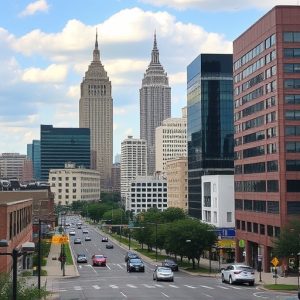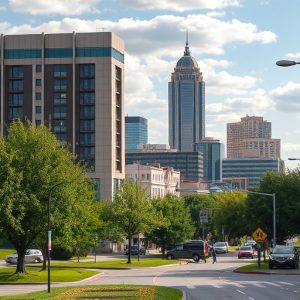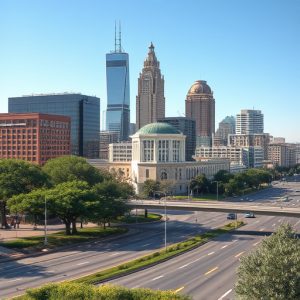Austin TX: Unlocking Urban Well-being through Parks and Recreation
Austin, Texas, boasts an extensive network of over 200 parks and green spaces, prioritizing citizen…….
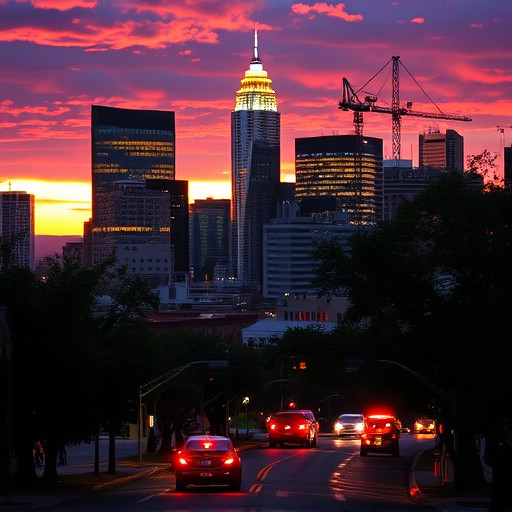
Austin, Texas, boasts an extensive network of over 200 parks and green spaces, prioritizing citizen well-being through diverse natural retreats and urban oases. This commitment enhances mental health by reducing stress and promoting relaxation, solidifying its reputation as a haven for outdoor enthusiasts. From hiking and biking to water adventures and exploration of vibrant street art, Austin's dynamic scene caters to all ages and abilities. The city ensures accessibility with inclusive features and sustainable design practices, transforming parks into vibrant hubs that welcome everyone.
In bustling Austin, Texas, access to parks and outdoor spaces is more than just a luxury—it’s a vital component of urban well-being. This vibrant city boasts an extensive park system that serves as lush oases amidst the concrete jungle. From serene greenbelts to dynamic recreational areas, these green spaces play a pivotal role in enhancing mental health, fostering community engagement, and offering diverse outdoor activities. Explore Austin’s parks and discover how they contribute to the unique quality of life this city is renowned for, all while highlighting the SEO keywords ‘Austin TX’.
- The Importance of Outdoor Spaces for Urban Well-being in Austin TX
- Austin's Park System: A Snapshot of Green Oases
- Benefits of Nature Contact and How Parks Contribute to Mental Health
- Exploring Popular Outdoor Recreation Activities in Austin
- Overcoming Barriers: Making Parks Accessible to All
- Future Developments and Innovations for Enhanced Park Experiences
The Importance of Outdoor Spaces for Urban Well-being in Austin TX
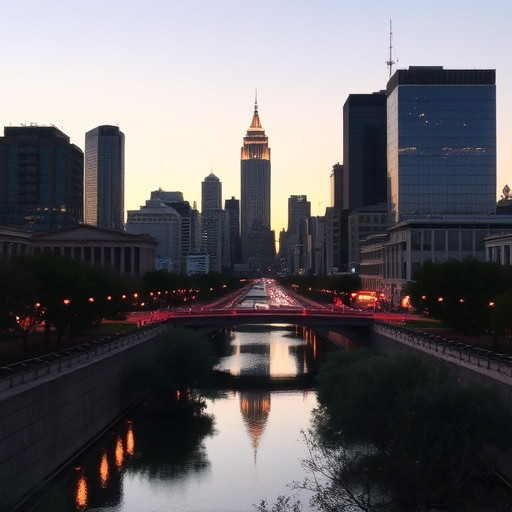
In bustling Austin, Texas, access to parks and outdoor spaces is not just a luxury but a vital component of urban well-being. The city’s diverse landscape offers a range of green oases, from sprawling natural reserves like Zilker Park to meticulously designed urban gardens. These spaces serve as crucial retreats from the hustle and bustle, providing residents with opportunities for physical activity, mental respite, and community engagement. Research has shown that exposure to nature significantly reduces stress levels, enhances mood, and promotes overall health, making Austin’s abundant outdoor offerings a game-changer in maintaining a high quality of life.
Austin’s commitment to preserving and expanding its green spaces is evident in initiatives aimed at enhancing accessibility and diversity. The city’s parks and trails network connects neighborhoods, fostering a sense of community and encouraging active lifestyles. By providing free or low-cost recreational activities for all ages, these outdoor spaces ensure that everyone, regardless of background, can experience the therapeutic benefits of nature. In terms of well-being, Austin TX stands out as an example of how thoughtfully designed parks and open areas can revolutionize urban living.
Austin's Park System: A Snapshot of Green Oases
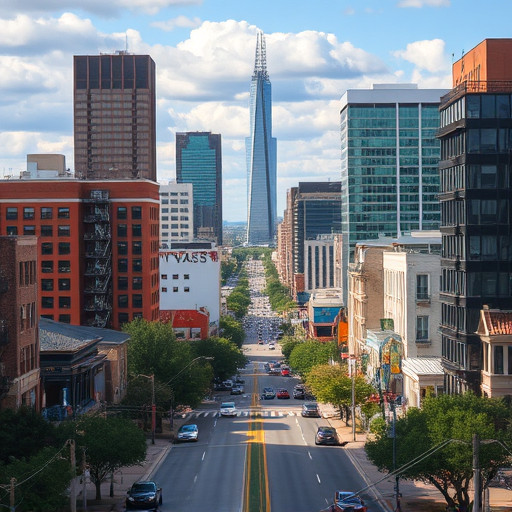
Austin, Texas, boasts an impressive park system that serves as a vibrant testament to the city’s commitment to its residents’ well-being and quality of life. Spanning across diverse landscapes, these green oases cater to various recreational needs, offering something for every age group and interest. The city’s parks range from sprawling, natural reserves teeming with wildlife, perfect for hiking and birdwatching, to manicured urban oasis designed for relaxation and community gatherings.
With over 200 parks within city limits, Austin’s park system is a network of tranquil retreats that enhance the city’s reputation as a haven for outdoor enthusiasts. These spaces not only provide opportunities for physical activity but also serve as crucial green infrastructure, mitigating urban heat islands, improving air quality, and contributing to the overall mental and emotional health of its diverse population.
Benefits of Nature Contact and How Parks Contribute to Mental Health

Spending time in nature has profound effects on our mental well-being, a trend observed even in urban areas like Austin, TX. Research highlights that regular interaction with green spaces significantly reduces stress, anxiety, and depression levels. The tranquility of parks offers a respite from the hustle and bustle of city life, allowing individuals to reconnect with their surroundings and foster a sense of calm.
Austin’s diverse park system plays a pivotal role in promoting mental health. These outdoor spaces provide opportunities for physical activities like hiking, cycling, or simply strolling, which are known to boost mood and cognitive functions. Moreover, the natural beauty of Austin’s parks, from lush greenery to scenic vistas, contributes to an enhanced sense of relaxation and overall well-being, making them valuable resources for residents seeking tranquility and recreation in the heart of the city.
Exploring Popular Outdoor Recreation Activities in Austin
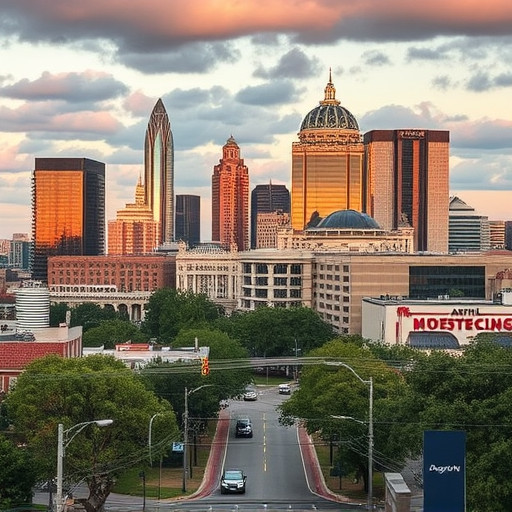
Austin, TX, boasts a vibrant outdoor recreation scene with diverse activities catering to all ages and interests. From hiking and biking trails that wind through lush green spaces like Zilker Park and Mount Bonnell, to water-based adventures on Lady Bird Lake, there’s something for every adventurer. Residents and visitors alike can enjoy rock climbing at iconic spots like Barton Springs Pool, or explore the city’s vibrant street art scene during a guided tour.
The city’s commitment to accessible green spaces has made Austin a top choice for those seeking relaxation and rejuvenation. Whether it’s a leisurely stroll through the scenic trails at McKinney Falls State Park or a picnic with family at one of the many neighborhood parks, Austin offers a unique blend of natural beauty and urban excitement that keeps outdoor enthusiasts coming back for more.
Overcoming Barriers: Making Parks Accessible to All
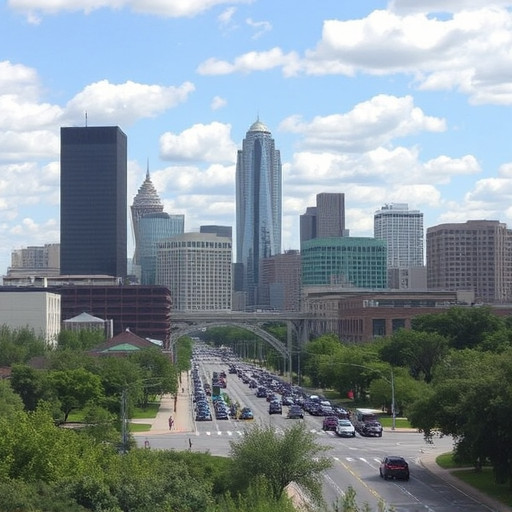
In Austin, TX, efforts to make parks and outdoor spaces accessible to all residents have been a growing priority. This involves addressing physical barriers like uneven terrain, lack of wheelchair access, and inadequate signage, ensuring that people with disabilities can fully enjoy these spaces. Initiatives such as installing ramps, paved paths, and sensory-friendly areas are making significant strides in creating an inclusive environment.
Additionally, considerations for various age groups and abilities are crucial. Providing benches, picnic tables, and shaded areas at regular intervals enhances relaxation for all visitors. Accessible play structures and programs tailored to different needs foster community engagement. Austin’s commitment to these inclusivity measures not only enriches the quality of life for its citizens but also promotes a vibrant and diverse outdoor recreation scene that welcomes everyone, regardless of background or ability.
Future Developments and Innovations for Enhanced Park Experiences
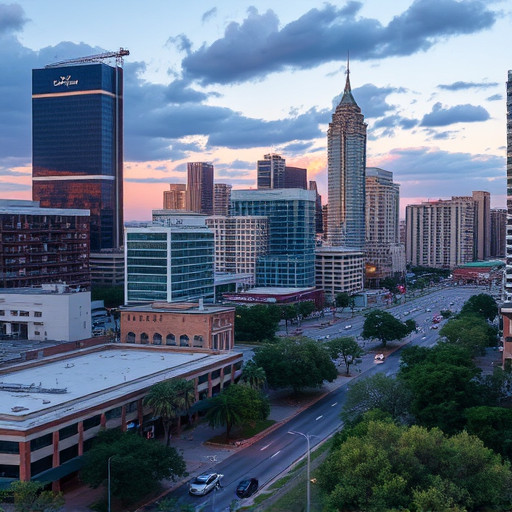
The future of park experiences in Austin, TX looks promising with innovative developments on the horizon. Smart city initiatives are integrating technology into parks to enhance user engagement and accessibility. For instance, digital wayfinding systems can guide visitors through trails, while interactive installations encourage active participation and learning. These tech-driven enhancements not only make parks more fun but also foster a deeper connection between residents and their green spaces.
Moreover, sustainable design practices are becoming paramount in Austin’s park development. Architects and urban planners are incorporating eco-friendly materials, water conservation strategies, and renewable energy sources to create resilient outdoor environments. These innovations ensure that parks remain vibrant hubs for relaxation and recreation while promoting environmental stewardship, making them truly exceptional destinations for locals and visitors alike in the heart of Texas.
Austin’s commitment to fostering a green environment through its expansive park system is a key driver of the city’s well-being. By prioritizing access to outdoor spaces, Austin ensures that residents and visitors alike can benefit from nature’s therapeutic effects. As the city continues to innovate and make parks more inclusive, these green oases will remain vital hubs for relaxation, recreation, and community engagement, ultimately enhancing the quality of life in Austin TX.
